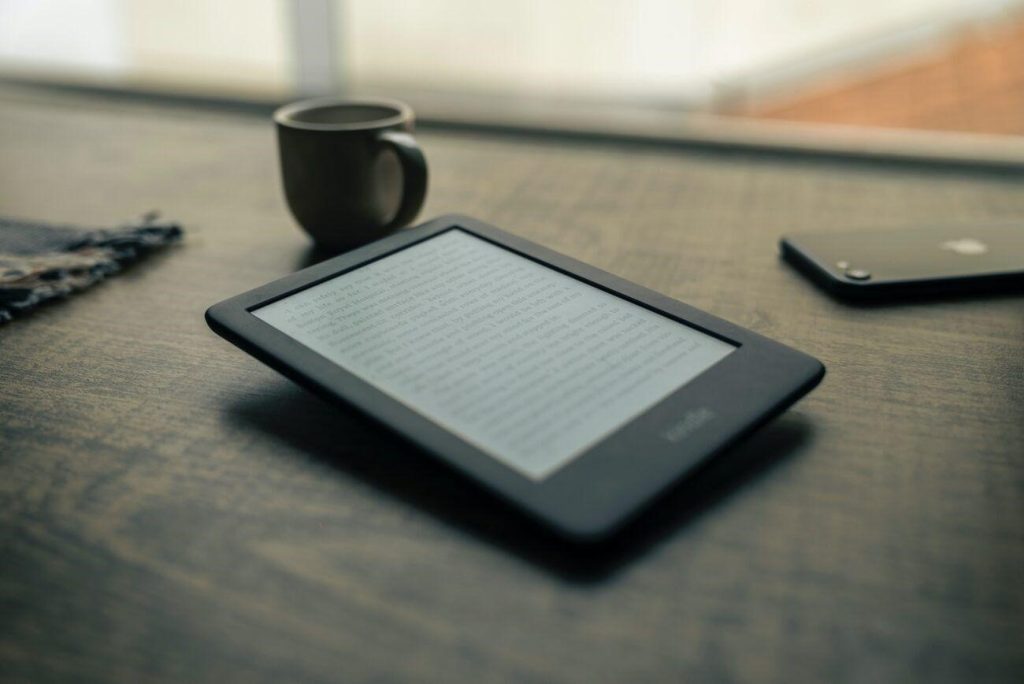Not every innovation bursts into the limelight with a fanfare of excitement. Some technologies, quietly efficient and seemingly humble, find their way back into relevance, reshaped by modern needs. The modest e-ink display, long associated with e-readers, is one such marvel, quietly weaving itself into our daily lives. Even in the gaming sphere, we see parallels—how a unique offering like Jet X can captivate players with its blend of simplicity and ingenuity. In the same way, e-ink technology is experiencing a surprising resurgence, no longer confined to niche devices.
How the quiet giant is reshaping technology
What was once limited to basic e-readers is now popping up in unexpected places. Its appeal lies in being low-power, durable, and surprisingly versatile. Let’s look at some of the ways this unassuming tech is becoming indispensable:
- Smart accessories offering weeks of battery life.
- Digital price tags transforming retail efficiency.
- Billboards that consume minimal energy.
- Note-taking tablets that feel as natural as pen and paper.
- Wearables with customizable displays.
- Smart home interfaces that blend into décor.
- Portable devices built for sunlight readability.
These applications show the broad potential of this technology to quietly enhance how we interact with our devices and surroundings.
Beyond nostalgia toward innovation
E-ink is no relic of the past; it’s evolving into something far greater. Its unique capabilities—like consuming power only when updating content—make it ideal for modern sustainability efforts. While flashy OLED and LED screens dominate high-energy displays, this understated tech is carving out a niche where efficiency is paramount.
Eye fatigue from traditional screens is also driving renewed interest in displays that mimic paper, offering a more restful viewing experience. The shift isn’t just about utility; it’s a lifestyle choice for those prioritizing minimalism and efficiency.
Creativity flourishes with reinvention
What excites many is how this once-static technology is being pushed in new directions. No longer limited to grayscale, some displays now offer vibrant colors, enabling artistic possibilities. Designers are experimenting with flexible versions, hinting at applications in clothing, art, and even architecture.
Imagine wearing a dynamic scarf or updating your living room art with the press of a button. These creative developments elevate the technology from practical to aspirational, unlocking potential far beyond what early adopters could have envisioned.
Another promising frontier is foldable devices. As companies experiment with pliable displays, they’re breathing life into sci-fi concepts, bringing foldable and rollable gadgets closer to reality.
New roles for familiar screens
This technology isn’t just a reinvention of old ideas—it’s finding new homes in unexpected products. Here are a few notable examples:
- Traffic signs optimized for extreme weather readability
- Wearable tech for cyclists displaying real-time data
- Handheld planners blending old-school charm with digital ease
- Smartphones incorporating secondary screens to save power
These innovations prove its adaptability. It’s not just a relic—it’s an enabler, quietly fitting into corners of our lives where traditional displays struggle to perform.
A fitting resurgence for modern times
The renewed popularity of this technology speaks to a broader trend: the appreciation of tools that do more with less. In a world chasing the next flashy innovation, there’s a growing respect for tech that prioritizes function, comfort, and sustainability. Its comeback isn’t merely technological; it’s cultural, tapping into the zeitgeist of balance and mindful consumption.
As it slips seamlessly into our homes, workplaces, and pockets, it proves that progress doesn’t always mean louder or brighter. Sometimes, the most meaningful advancements are quiet, subtle, and precisely what we need.



